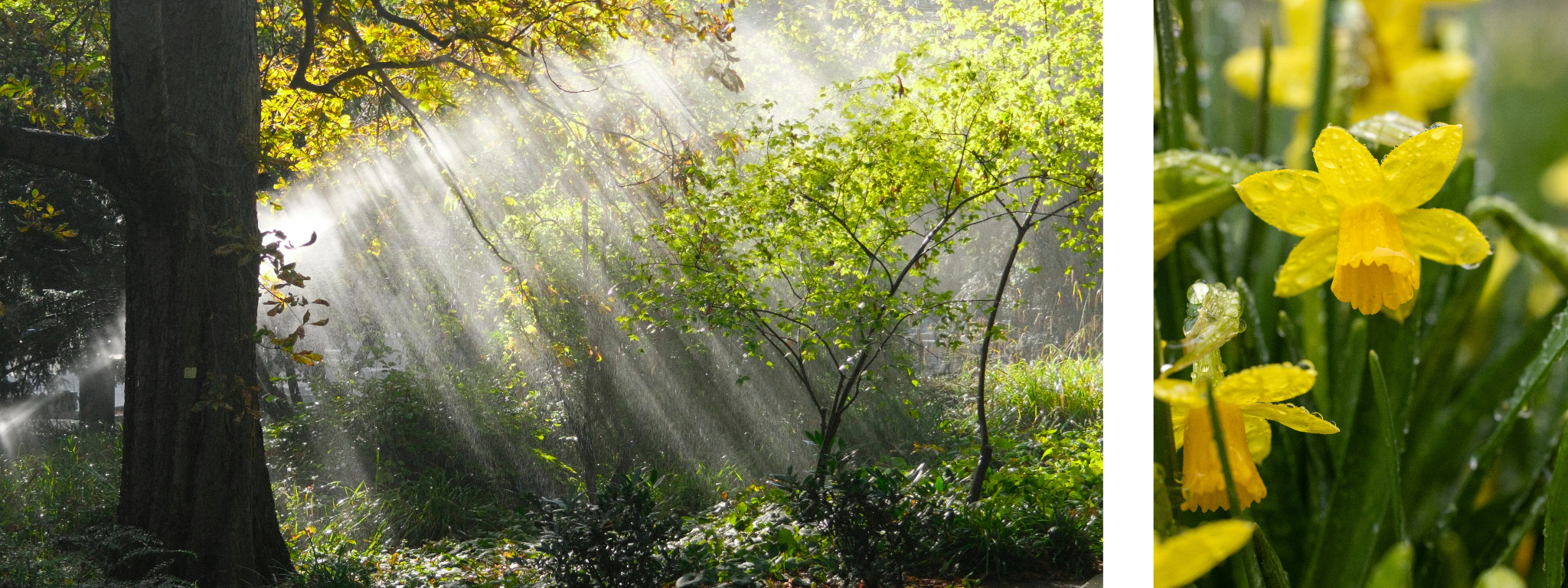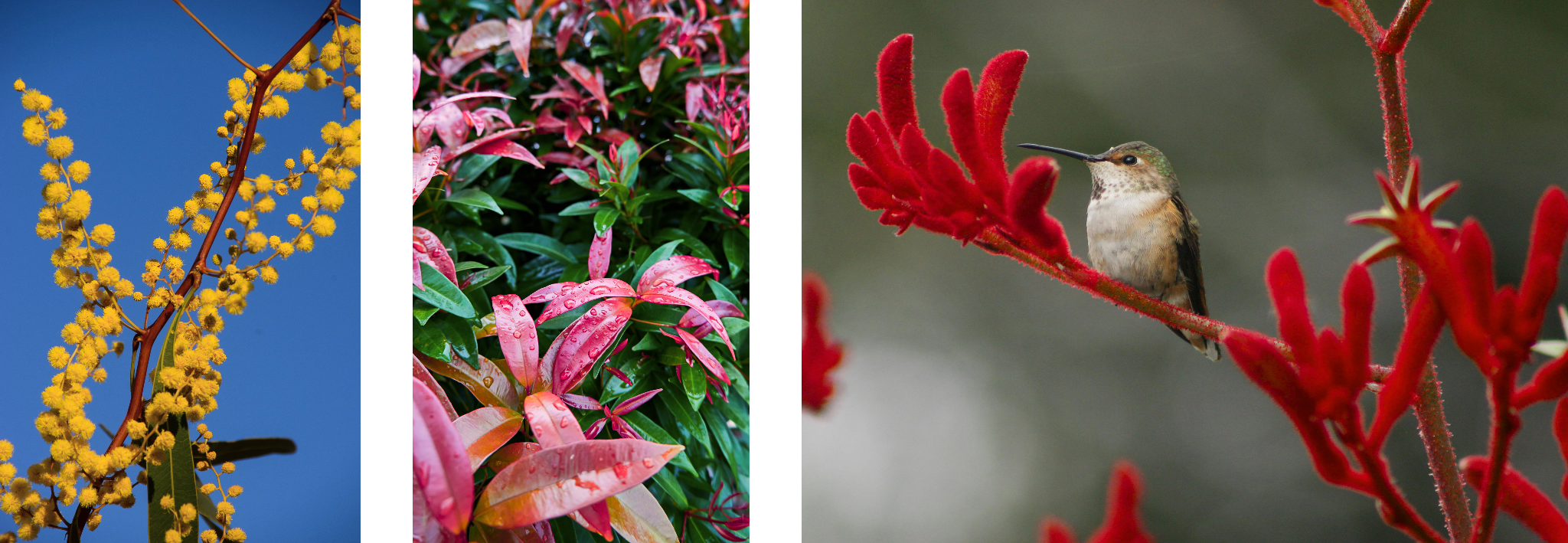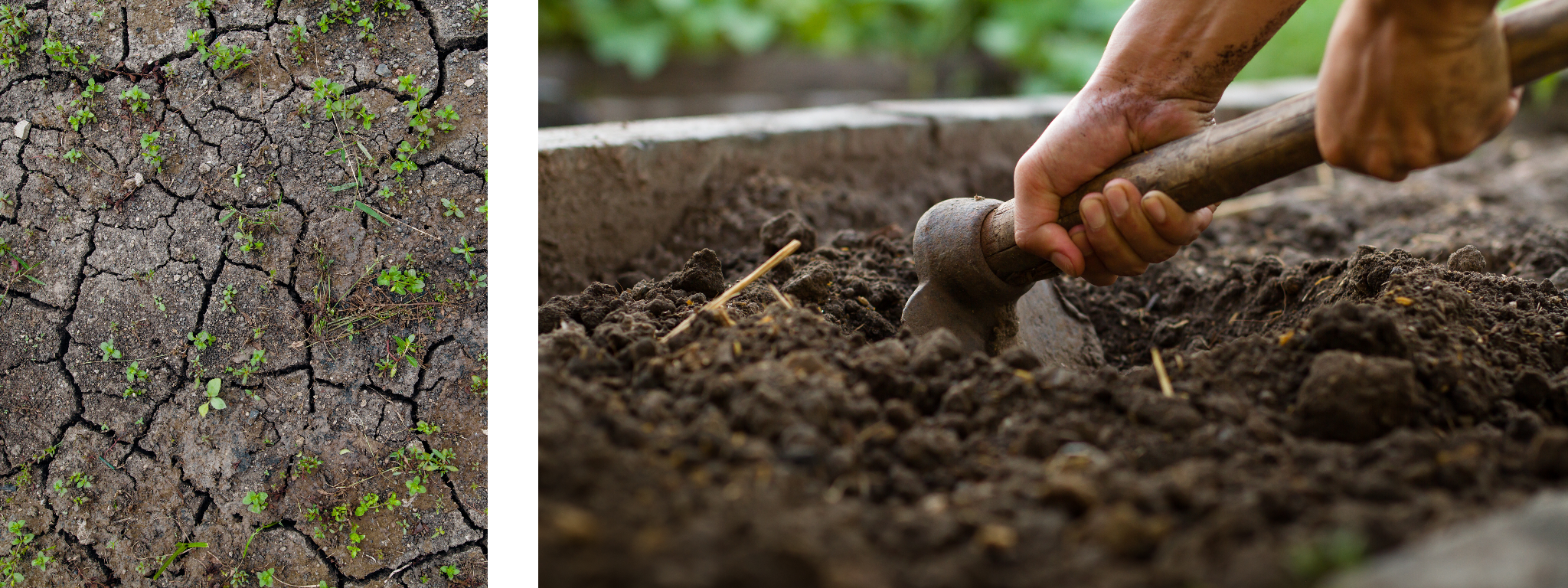Spring in Australia signals warmer days, a burst of colour, and the return of bird songs; making it an ideal time to refresh the garden. Whether you're in New South Wales’s (NSW) coastal belt, Victoria’s temperate zones, or somewhere beyond, spring is your chance to plant, design, and rejuvenate.
The season offers a sweet spot for gardeners: soils are warming, rainfall is still frequent in many regions, and plants respond quickly to care and attention.
Here are 10 spring ideas that blend inspiration, practical know-how, and regional relevance:

1. Embrace Native Spring Icons
Spring is the season when Australia’s iconic native blooms shine. In NSW, waratahs (Telopea speciosissima) explode in fiery red from September to October. Remember to plant them in well-drained soil and for best results allow for morning sun with protection from harsher sunshine of the afternoon. These spectacular flowers are also the floral emblem of NSW, making them a cultural as well as a horticultural highlight.
Across all of Australia local grevilleas, callistemons (bottlebrushes), and kangaroo paws bring vibrant colour and attract nectar-loving birds such as honeyeaters and lorikeets. The beauty of these natives is that they are not only striking but also highly adapted to local conditions, often requiring less water than exotic species once established.
There are several national favourites that thrive almost anywhere in Australia:
-
Lilly Pilly (Syzygium australe): Perfect for hedging and screening, with fluffy white flowers and pink berries beloved by birds.
-
Wattle (Acacia spp.): Australia’s golden bloom, adding winter and spring cheer across urban and rural gardens.
-
Westringia (Coastal Rosemary): Hardy, salt-tolerant, and drought-resistant, ideal for coastal or inland gardens alike.
-
Paper Daisy (Xerochrysum bracteatum): A cheerful, easy-to-grow wildflower with papery blooms, perfect for beds or meadows.
-
Kangaroo Paw (Anigozanthos spp.): Nationally popular for their striking tubular flowers and adaptability to pots or beds.
These “national picks” provide a backbone of reliable species that work across climates while still supporting biodiversity.

2. Healthy Soil in Spring
Healthy soil equals healthy plants. After winter, soil can be compacted or leached of nutrients, so it’s important to refresh it before planting. Work in compost, well-rotted manure, slow-release pelletised fertiliser, or organic soil conditioners to boost fertility. If you’re planting natives, avoid high-phosphorus fertilisers and instead opt for a native-specific mix.
In sandy soils, common in coastal areas, add organic matter or light clay to improve water retention. In heavier clay soils, incorporating gypsum or coarse compost helps break up clumps and improve drainage.

3. Plant Spring Veg & Herbs Now
Spring is a green light for edibles. Sow lettuce, carrots, beans, peas, spring onions, leeks, and tomatoes now; these crops thrive in the milder spring conditions of NSW and Victoria.
For herbs, plant basil, coriander, parsley, and mint early in the season.
Basil and coriander prefer partial shade in warmer climates to stop them bolting, while parsley and mint are reliable staples across most regions. Starting an edible patch or expanding your kitchen garden in spring provides fresh produce right through summer.
4. Create Bird-Friendly Appeal
The best kind of thriving garden is a shared space; for people, plants, and wildlife. Spring is the perfect time to attract pollinators and birds back into your garden. Planting nectar-rich grevilleas, callistemons, or waratahs not only provides vibrant colour but also supports biodiversity by feeding bees, lorikeets, and honeyeaters.
Don’t forget water. Often people forget how valuable a source of water can be for wildlife and as a result, your spring garden. A shallow bird bath or water dish, placed under a tree or shrub, offers safe hydration points during warmer spring days. Positioning them in shade helps keep water cool and clean for longer.

5. Refresh Containers with Spring Life
Containers are a quick way to inject colour and texture into patios, courtyards, or balconies. Swap out winter bedding for spring favourites like snapdragons, petunias, native daisies, or pelargoniums.
In cooler Victorian climates, position pots near north-facing walls to take advantage of morning and midday sun, helping tender plants thrive. Adding slow-release fertiliser to pots gives plants a steady nutrient supply for months.

6. Divide & Rejuvenate Perennials
Over time, perennials like daylilies and ornamental grasses can become overcrowded, leading to fewer flowers. Spring is the perfect time to dig them up, divide clumps, and replant.
This rejuvenation encourages healthier growth and gives you “free plants” to spread around your garden or share with friends. Dividing plants every three to five years is a sustainable way to keep your borders looking fresh.
7. Prune Wisely After Flowering
Good pruning habits shape the garden for years to come. For spring-flowering natives such as wattles, grevilleas, and daphnes, wait until after their flowers fade before pruning. This allows the plant to set buds for next season and encourages bushier growth.
Light pruning (trimming just the tips) also helps maintain size and shape without stressing the plant. Always use clean, sharp secateurs to prevent disease.
8. Mulch, Shade & Water Strategically
While spring brings growth, it can also bring stress as temperatures rise. Mulch garden beds with wood chips, straw, or sugar cane mulch to lock in moisture, regulate soil temperature, and suppress weeds. Aim for a 5–7cm layer, keeping mulch away from plant stems to prevent rot.
When watering, go deep and infrequent rather than shallow and daily. This encourages strong root systems that are better able to withstand summer heat. In hotter regions, consider adding shade cloth over delicate seedlings during midday sun.

9. Sustainable Gardening in Australia
Australia’s climate is changing, and gardeners must adapt. Choose drought-tolerant natives in regions with hot, dry springs and water-efficient exotics like lavender or rosemary in Mediterranean-style zones. In cooler or wetter climates, focus on plants that can handle seasonal downpours.
10. Design Zones for Interest & Balance
A well-planned garden provides year-round beauty and function. Consider designing in layers: groundcovers for erosion control, mid-height shrubs for colour and texture, and canopy trees for structure and shade.
The Australian Native Plants Society (ANPSA) encourages gardeners to “select plants suited to your site’s soil, moisture, and rainfall, and plant in early spring when soil is warm and new growth is vigorous.” This layered, site-specific approach not only creates visual interest but also supports local ecosystems.
Who are the Australian Native Plants Society?
The ANPSA, representing native plant societies across Australia, has long promoted climate-adapted and sustainable gardening. Their guidance empowers gardeners to align season, region, and plant choices for long-term success.

Australian Native Plants Society
Spring is Australia’s season of possibility: when buds will open, soil warms, and our gardens come alive. By planting carefully, mulching wisely, and choosing climate-smart natives, you’re not just creating a beautiful space—you’re cultivating resilience, connection, and joy.
— Marnie Sconce, Gardening Tutor
Final Thoughts
Spring in Australia is a season full of promise, and the garden is where that promise takes root. With soils warming, native icons blooming, and wildlife returning, it’s the perfect time to refresh, replant, and reimagine your outdoor space. Whether you’re tending veggies, dividing perennials, or designing with sustainability in mind, each step builds a garden that thrives beyond the season.
By choosing plants suited to your region and caring for them wisely, you create more than beauty; you create a living, resilient space that supports both people and nature all year round.
Are you interested in learning more about gardening in Australia? Head to our website and check out our accessible and engaging courses now.
FAQs
How to Prepare your Raised Garden Bed for Spring
To prepare your raised garden bed for spring in Australia, start by clearing out old plants and weed and then refresh the soil. Check drainage, top up with quality soil and then you can plan your layout.
Gardening for Beginners in Australia
Gardening for beginners in Australia looks like starting small with easy plants like herbs, tomatoes, or native daisies. Focus on healthy soil, regular watering, and plenty of sunlight.
What to Plant In Spring Melbourne
In the Melbourne spring, planting tomatoes, beans, lettuce, and herbs like basil and parsley is ideal.
What to Plant In Spring Sydney
In the Sydney spring, planting tomatoes, cucumbers, lettuce, and herbs such as basil and coriander is well timed.
